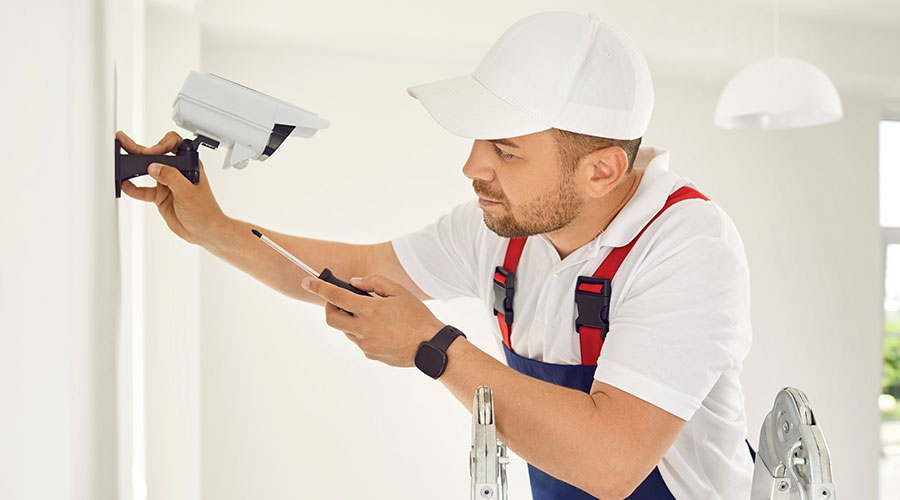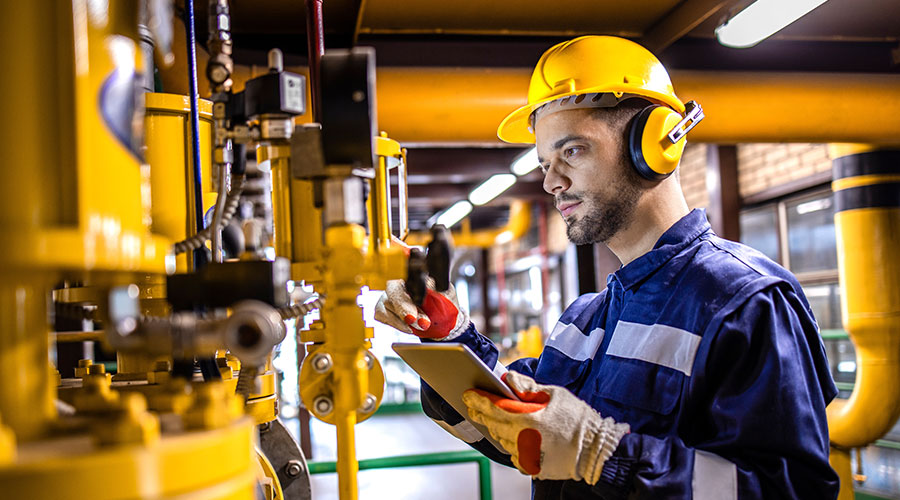« Back to Facilities Management News Home
« Emergency Preparedness
Staples: Survey Shows Many Employees Required to be at Work Despite Severe Weather
Framingham, Mass. — June 2, 2015 — Business Wire — More than half of workers polled (55 percent) said they were expected to show up to work in severe weather conditions, according to Staples’ fourth annual safety survey in honor of National Safety Month. Nearly half of respondents said they felt unsafe doing so.
Even though many workers had to be physically present in the office despite dangerous weather conditions, a majority of those surveyed lacked confidence that their employers were equipped to handle severe weather.
In fact, nearly half of those surveyed said natural disasters have not led their workplace to reassess safety plans, and less than half feel their business is prepared to handle hot temperatures, snow and ice, cold, blizzards, earthquakes, and hurricanes.
These low levels of confidence could result from a lack of training and education, as one in four office workers have never experienced a safety drill in the office.
“It is critical for the overall health of a business to have strong safety practices in place, and employees need to understand emergency procedures,” said Bob Risk, national safety, health & wellness manager, Staples. “Regular training is important, but it’s also critical to have the right products in place. Staples offers the tools that businesses of all sizes need to create a safer workplace and ensure business continuity, even during inclement weather and emergency situations.”
Getting work done when an emergency strikes is a problem for many businesses, as 55 percent of office workers are unable to telecommute. Communication is another issue, with nearly 30 percent of office workers saying they receive last-minute notifications (or worse, none at all) about office closings.
When it comes to safety preparedness and knowledge, employers need to understand they may not be on the same page as their employees. The survey revealed discrepancies between employers’ and employees’ perception of safety processes and procedures in the workplace:
• Many don’t know whom to turn to for safety questions.
• Nearly 30 percent of office workers didn’t know if they had a resident safety expert to turn to with safety concerns or questions, versus only 4 percent of business decision makers.
• Their knowledge regarding office safety plans differs. Decision makers, on average, were more aware of safety equipment and plans in the workplace, differing from office workers by 20 percent on average when it comes to fires, medical emergencies, and power outages.
• There are varying levels of confidence in safety preparedness. Overall, decision makers responded higher than office workers when asked if their workplace is prepared for natural disasters and associated issues, such as power outages (69 percent versus 56), hot temperatures (54 percent versus 43) and snow and ice (50 percent versus 38).
Ultimately, businesses need to establish an overall safety culture for employees to feel safe in the workplace. No matter the business size, Staples has the safety products companies need to keep their employees safe, whether through Staples stores or online for small businesses. Additionally, Staples Advantage, the business-to-business division of Staples, has a national team of dedicated safety experts that can help businesses with both their preparedness and everyday safety requirements. Staples offers the following tips for decision makers to implement:
• Regular training: Nearly 30 percent of office workers surveyed said they never received safety training, compared to only 5 percent of decision makers who said the same. Employees and employers need to be on the same page when it comes to safety training and procedures, so they can collectively respond to situations in the safest way possible.
• Consistent communication: communicate properly with employees – both in times of emergency and not. Different means of communication, such as social media , email, and phone calls are all effective ways to communicate emergency plans, and provide safety tips throughout the year.
• Technology updates: Not equipping employees with the right technology could be detrimental to a business. If possible, provide workers with the equipment they need to work safely from home during an emergency or natural disaster.
Staples conducted an online survey of 400 office workers and 400 decision makers at organizations of all sizes across the U.S. The survey, conducted in May 2015, asked a series of questions about general office safety.
For more information, visit www.staples.com.
More From 6/8/2015 on FacilitiesNet







